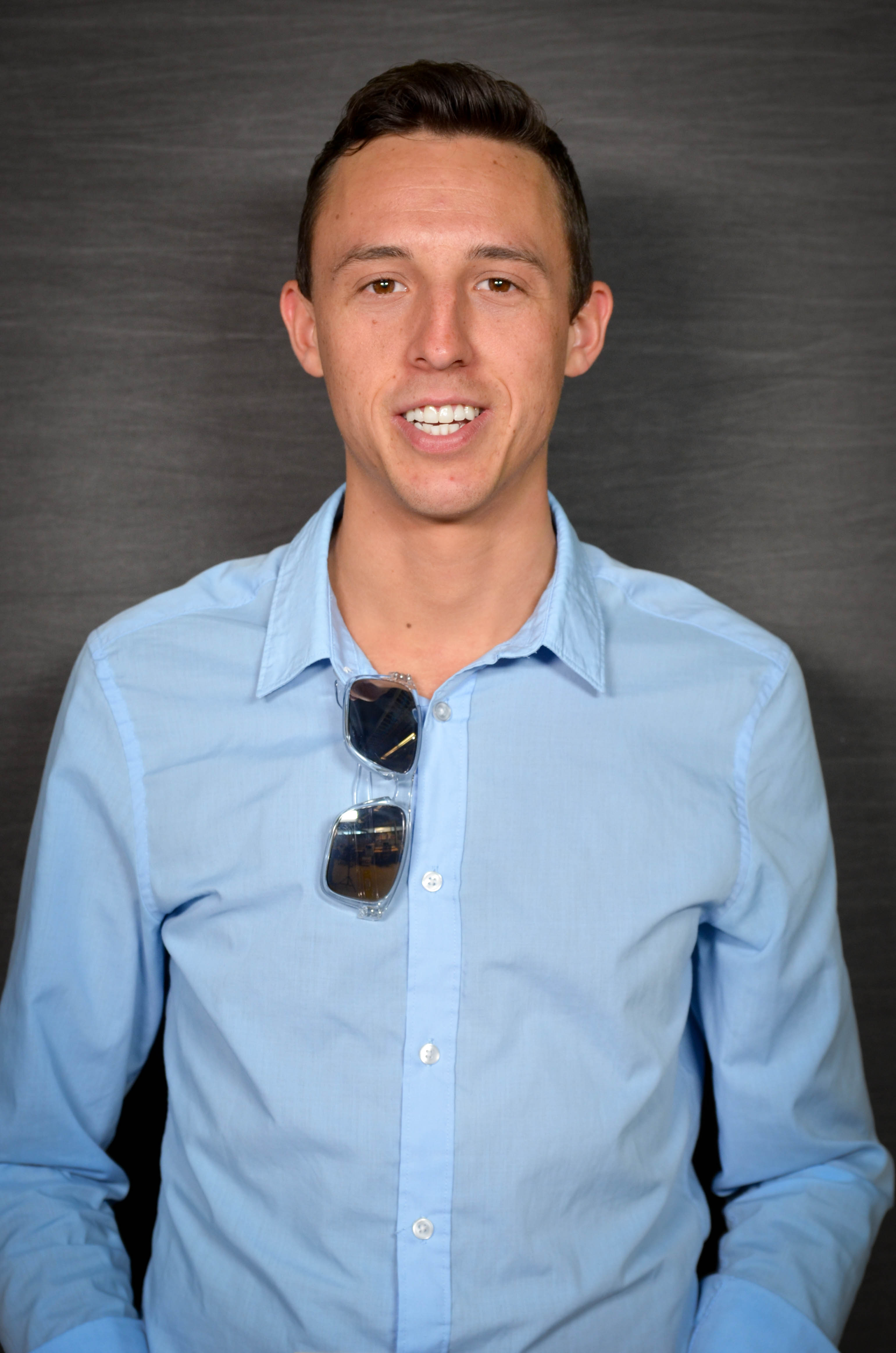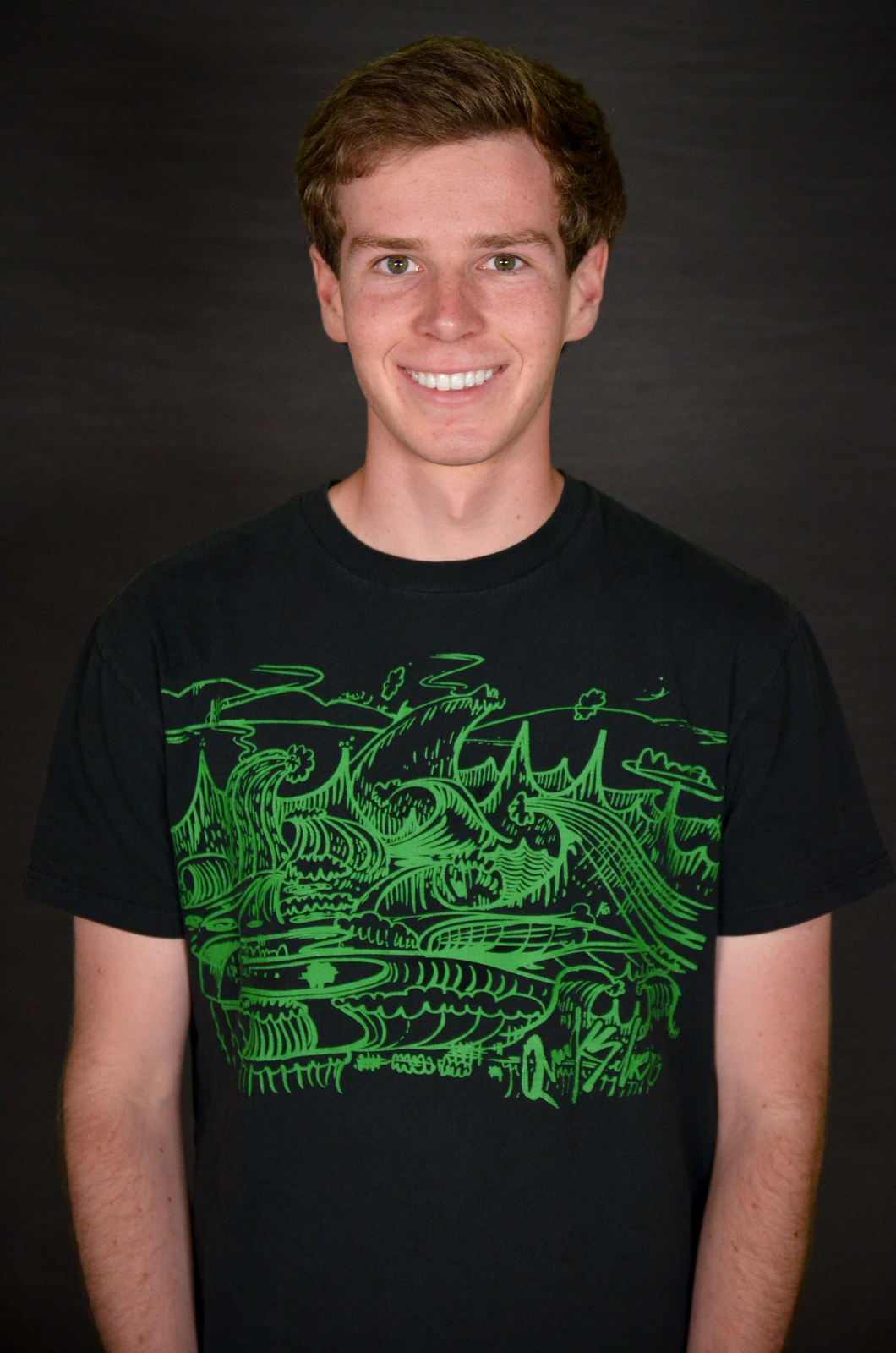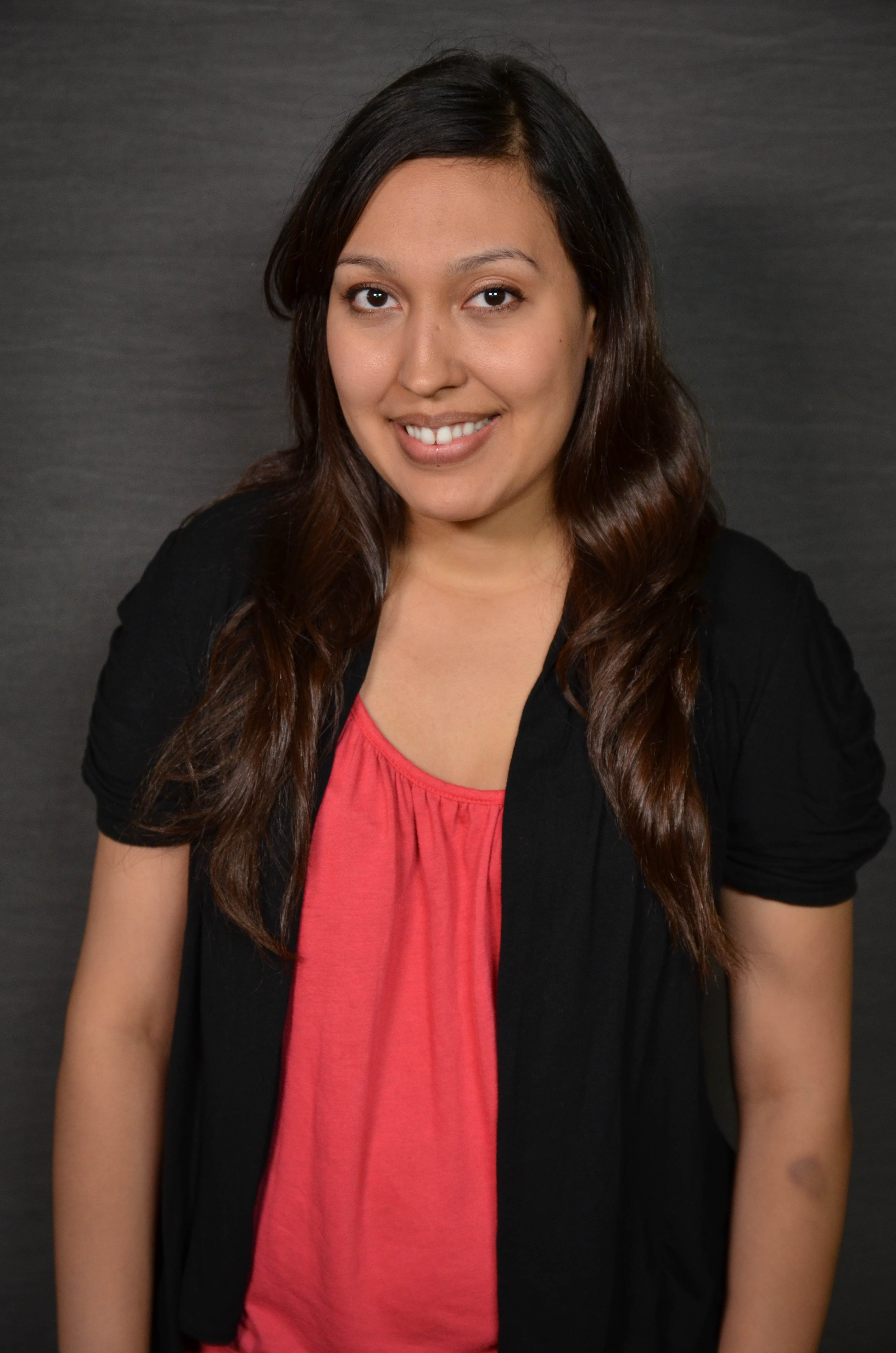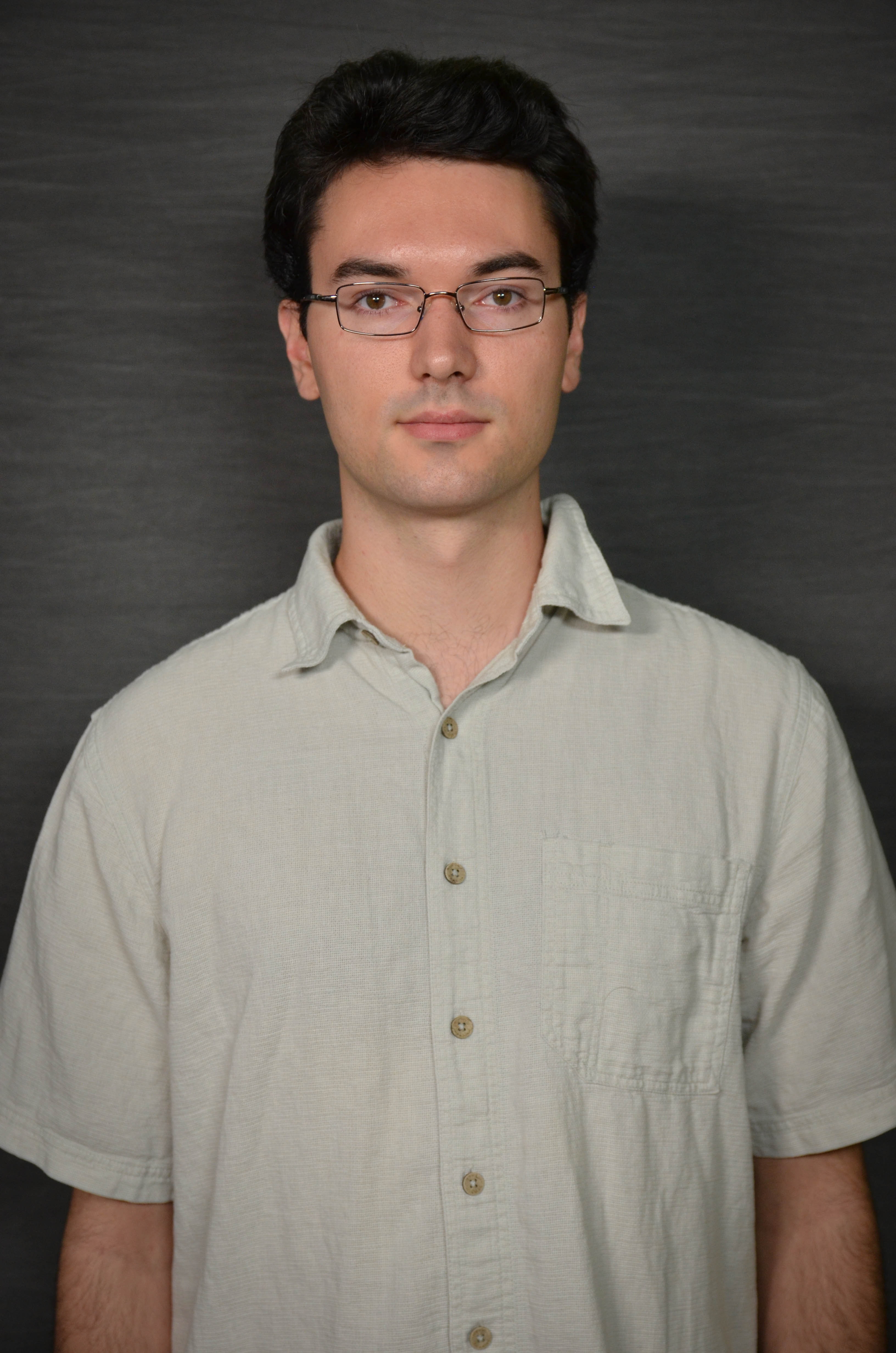To the Moon and Beyond: Calit2 Scholars Pursue Arts and Humanities Projects
San DIego, Monday, Aug. 6, 2012 — Some 13 percent of this year's 30 Calit2 Summer Undergraduate Research Scholars at UC San Diego are working on projects in the arts and humanities, mentored by participating UCSD faculty or Calit2 research scientists. Here Calit2 intern Micah Siegel reports on the projects of four Calit2 Scholars working on projects ranging from lunar habitation and earth exploration technologies to linguistics and ethnoarchaeology:
The rocky, barren landscape of the moon, devoid of the most essential requirements for life, initially seems an unfitting site for human colonization. For University of California, San Diego student Nicholas Price, however, the potential for lunar habitation presents an opportunity for art – and, as he notes, current research suggests lunar settlements may soon be within reach.
|
“There have been a lot of things in the news about the prospect of mining asteroids and trying to get private investors involved in space exploration,” says Price. “There’s this interesting aspect to who owns space and who owns resources, and right now there isn’t really an interesting answer to that. It’s kind of like the Wild West.”
Price is one of 30 undergraduate Calit2 Scholars this summer. Under the supervision of a faculty advisor, and aided by a $3,000 scholarship from Calit2, each program participant spends 10 weeks on his or her research. They also meet twice per week with the other scholarship winners for seminars regarding job networking, advice for graduate school and similar subjects.
Price’s project, entitled “Lunar Colonization: Logistics and Ethics,” aims at creating a virtual-reality environment in Calit2’s StarCAVE and Virtual Room (Vroom) facilities in Atkinson Hall. Using as inspiration previous research on the possibility of lunar habitation, he designs 3D content that reflects the structures scientists currently believe to be necessary to live on the moon.
Price, a senior majoring in visual arts/media, views his work with Calit2’s virtual reality and 3D facilities as a logical extension of his academic interests.
“I guess I’m an artist who works in traditional time-based media, like video, so when I heard about the internship program I really wanted to take the opportunity to work with real-time virtual environment systems,” he says. “I’m interested in creating new user experiences beyond what video traditionally does, and at the same time, my advisors and I wanted to use the unique capabilities of Calit2, the Vroom and the CAVE. So we sort of created the project based around the technology and our interests, which was this new space exploration that could very well happen in the next couple decades.”
Together with his faculty advisor, Calit2 research scientist Jürgen Schulze, Price works to portray a largely realistic view of lunar habitation.
“I’m sort of creating a fictitious space, but I also want it to have some relevance,” he says.
Price’s designs focus on what he deems “the infrastructure and the exterior structures” necessary for lunar habitation. He notes that this includes “power sources, actual living spaces, transportation and all these little things that other people have researched,” singling out the 2006 report “Luna Gaia: A Closed-Loop Habitat for the Moon” as a particularly significant source of information.
While Price is committed to designing a realistic virtual environment, the project nevertheless allows for artistic liberties. The structures recommended in “Luna Gaia” and in Price’s other resources present one such opportunity: “I sort of have to interpret what a fusion reactor would be on the moon.” Working with sound offers further possibilities. “I’m probably going to take some liberties with creating a sound space that isn’t realistic, but maybe can help the project and make it a more interesting experience for a viewer,” he says.
“The idea of inhabiting the moon is so absurd on so many levels because humans really aren’t built to survive,” says Price. “I like this idea of sort of making it seem more plausible.”
Reducing High-Frequency Vibrations in Aerial Videography and Photography
Like Nicholas Price, sophomore Sam Avery has spent the summer in Atkinson Hall, working in a lab. Through his research with the Summer Scholars Program, Avery, supervised by Calit2 research scientist Albert Lin, aims to improve the quality of photos and videos taken from multi-rotor helicopters by reducing high-frequency vibrations in copter frames.
|
The inspiration for Avery’s project with the Summer Scholars Program is rooted in his experiences with UCSD-NGS Engineers for Exploration, a collaboration between UC San Diego and the National Geographic Society. Avery, an aerospace engineering major, has worked with the Engineers for Exploration copter team for a year. He notes that the group’s aerial video and photo footage is “usually pretty stable – we can always get it horizontal according to the ground – but it will have high-frequency vibrations” because of the copter’s multiple rotors, which detracts from the quality of the images.
Avery’s approach to reducing these vibrations is two-pronged. The first strategy, passive damping, involves using vibration-damping mounts and testing different materials such as aluminum to construct the frame of the copter. “I would try to make it so that the frame doesn’t have a natural frequency that would match with the frequency of the vibrations of the motors, or the modes of frequency of the vibrations of the motors,” explains Avery. If the frame’s natural frequency and the vibrations’ frequency are the same, they create resonance, amplifying the vibrations Avery hopes to minimize.
The second method of reducing high-frequency vibrations, active damping, requires Avery to analyze and then externally manipulate the waves of the vibrations. To chart their frequencies, he connects an Arduino microprocessor to a piezoelectric sensor, which will generate an electric charge in response to the high-frequency vibrations of the copter.
After graphing the output from the sensing process, Avery alters the vibrations themselves. “I can basically use the same principle,” he says, “and take a piezoelectric actuator, and then all I need to do shift the phase of the vibrations.” He states that the process is “like destructive interference” – delaying one wave so that its crests align with another’s troughs, resulting in a wave with a smaller magnitude.
As Avery’s work with passive damping has been largely successful, he expects to focus primarily on active rather than passive damping during the remainder of the summer. In addition to testing active damping that shifts the phase of the vibrations, he has experimented with inverting the vibration waves instead and has been in contact with a piezoelectric actuator and sensor manufacturer.
“The active damping is probably going to take up a good amount of my time,” he says.
Vowel Spaces in Bilingual Speakers of English and Mexican Spanish
Across campus, junior Criccely Grijalva is conducting research on how bilingual English and Spanish speakers organize their phonology – the set of sounds in a language and the rules that govern those sounds.
|
The two prevailing theories in linguistics suggest that bilinguals have either a separate phonology for each language or one merged phonology for both languages. To investigate this ongoing debate, Grijalva, advised by Linguistics Professor Amalia Arvaniti, is analyzing the vowel spaces of English and Spanish bilinguals in comparison to those of their monolingual counterparts.
“A vowel space is where in the mouth your vowels are produced,” explains Grijalva, a linguistics major. Within this space, she says, different vowels can be identified using two metrics: the height at which the vowel is produced in the mouth and its placement relative to the front or back of the mouth. She notes that “every speaker’s vowel space is different,” depending on factors such as language, dialect and number of languages spoken.
In order to map the boundaries of these vowel spaces for her research, Grijalva records bilingual and monolingual speakers. “I interview the English monolinguals and record them saying words with different vowels, and that will help me make the vowel spaces for English,” she says. “Then the Spanish monolinguals will help me do the Spanish vowel spaces. Once I do the bilinguals, I have them do both English and Spanish.”
The recordings are analyzed using software called Praat, which allows Grijalva to view the frequencies of the vocal tract’s vibrations as spectrograms. The measurements most relevant to her research involve dark bands called formants that represent these frequencies on a spectrogram. Certain formants reveal the height and backing of the vowel sound, permitting Grijalva to pinpoint the vowel’s location in the mouth.
Grijalva’s research has significant applications in technological fields. When speech recognition and synthesis technology fail to take different patterns of speaking into account, the results can be vexing. She offers the example of a Spanish speaker calling a hotline in Southern California and being unable to receive help when the hotline’s speech recognition technology is based on a different Spanish dialect.
“It’s important for computers to be able to account for different types of speakers,” she says, “not only based on their language, but also on their dialect.”
3D Imaging of South Indian Bronze Idols
While Price’s project looks to the future and Grijalva’s centers on the present, junior James Darling’s work with Calit2 is rooted in a more distant past. Advised by Anthropology Professor Thomas Levy, Darling has been studying centuries-old South Indian bronze idols. Levy, along with one of his grad students, is working on an ethnoarchaelogy project in South India to study how traditional South Indian methods of metal-casting were possibly used in other places like the Middle East and the Levant.
“I’m trying to create a 3D digital database of these bronze idols from around 800 years ago, “says Darling “so that other people have really easy access to high-quality images of them.”
|
Darling, who is majoring in cognitive science and anthropology with a concentration in archaeology, first became involved with the project after attending a UCSD-affiliated archaeology field school in Jordan led by Levy. At the end of the spring quarter, he began to digitally scan idols for the database.
“So far we’ve been able to get access to a bunch [of idols] owned privately by a professor in the psychology department, Professor [V.S.] Ramachandran,” Darling says. “Hopefully once we get the project rolling even more, we’ll be able to convince more museums and other private collections to donate.”
The bronze idols, which range in size from two inches to two feet tall, are scanned from various angles using a NextEngine 3D desktop scanner. “What it does is send out lasers that scan the object, take in points and create what’s called a point cloud, a bunch of these data points together that make up the image,” explains Darling. “You stitch the different scans together and then that creates the 3D image.”
Beyond the creation of the digital database of images, several other potential projects involving the bronze idols may be in the works.
Explains Darling: “One of our potential ideas is to create a website [to host] all this information, and then have other scholars from around the world help by contributing historical information, cultural background, methods or stories behind the idols – if they were found and then stolen and returned,” for example.
Another possibility is a side study with Prof. Ramachandran, the owner of the bronze idols Darling is currently scanning. “He’s interested in the topic of neuroaesthetics – what in your brain makes you see things as beautiful, what it prefers, and then, slightly more on the subject of what we’re doing, how culture influences what you view as beautiful,” he says.
For now, however, his focus is on the digital database of idols.
“Right now I’m pretty much just scrambling to find as many bronzes as I can, scan them and worry about the rest later.”
In the remaining three weeks of the program, the 30 scholarship winners will continue their research under the supervision of their faculty advisors, presenting their work to their peers for a final time during the seminar sessions. The seminars will conclude on Thursday, Aug. 23; during UC San Diego’s annual Welcome Week in September, the program participants will reconvene to present their research at a poster session, scheduled for Wednesday, Sept. 19 in Atkinson Hall.
Related Links
Summer Undergraduate Research Scholars Program
Media Contacts
Tiffany Fox, (858) 246-0353, tfox@ucsd.edu




